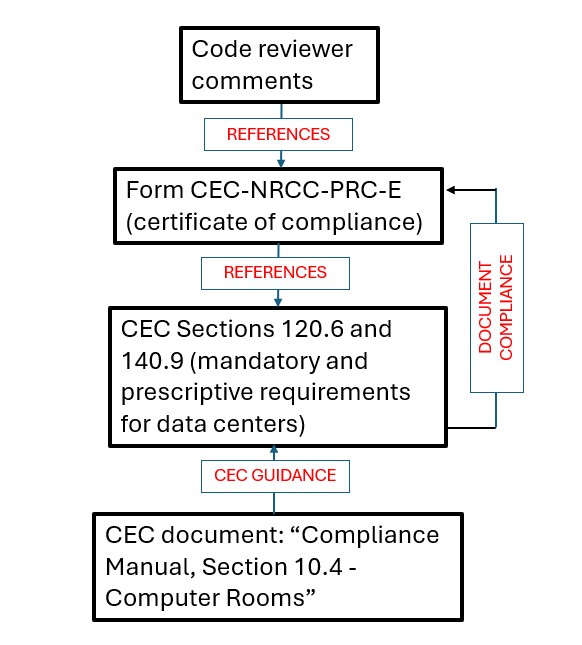The home rule designation allows jurisdictions to use a model building code with modifications.

Model building codes are written so a municipality can modify them to account for local conditions such as climate, local construction force capability/capacity, established building practices, permit review process, etc. These factors can result in model code adaptations ranging from wording changes to major modifications.
“Home rule” is a specific situation in which a municipality is designated a home rule jurisdiction. Typically granted through state legislation, this designation enables the jurisdiction to pass local building code ordinances and operate independently. An example is the City of Chicago’s Energy Transformation Code (CETC), developed under the city’s home rule designation.
The CETC illustrates how a municipality can adopt the International Energy Conservation Code (IECC) by incorporating changes and adaptations. The CETC is based on the 2021 edition of IECC and includes amendments that address issues critical to the City of Chicago’s short- and long-term energy goals. These include energy efficiency, transparent self-reporting of energy use of commercial buildings and climate goals.
Chicago’s changes to the IECC are integral to revised/new flexible compliance methods, including prescriptive and performance methods, paths related to green certification and passive building design. Another example is projects in California. The California Energy Commission has additional requirements for demonstrating compliance with its energy code (see Figure 7).




